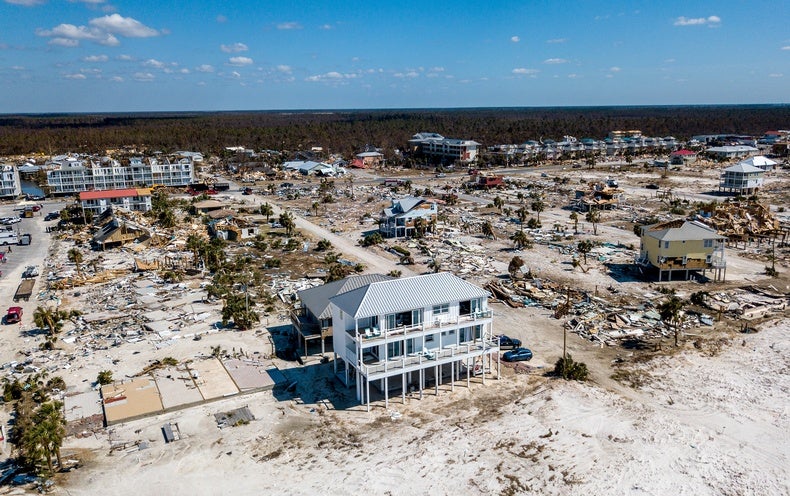The federal government is responsible for the ICC and the current ICC family of model codes.
For those not old enough to remember, there used to be three model building code organizations in the United States: BOCA (Building Officials and Code Administrators International), ICBO (International Conference of Building Officials), and SBCCI (Southern Building Code Congress International). BOCA published the BOCA National Building Code, which was adopted mostly by jurisdictions in the northeast and upper midwest, ICBO published the Uniform Building Code (UBC), which was adopted mostly by jurisdictions west of the Mississippi, and the SBCCI published the Southern Standard Building Code, which was adopted mostly by jurisdictions in the southeastern United States. They, along with the NFPA, all participated in the Board for Coordination of the Model Codes (BCMC), which had the purported goal of making the codes less radically different from one another, but that didn't work very well.
As an architect, I maintained membership in all three. In fact, my ICC professional membership number is my old BOCA Professional Member number. I recently called the ICC membership office to ask about something and the woman who took the call couldn't find me in the record because (she said) my number didn't have enough digits in it. Eventually, we discovered that they had "fixed" it by putting a zero in front of it, to make it fit the database template. But my membership card doesn't have a leading zero.
Fun fact: At one time, there were parts of Texas using each of the three model codes. I would NOT have wanted to be an architect in Texas at that time.
The federal government had a policy, for both the military (DoD) and the GSA, of designing buildings to the building code in effect in the jurisdiction where the building would be located, even though the local officials had no jurisdiction and, if they really wanted to, the Feds could just say "Screw it, we ain't doin' that." There finally came a day when the Feds decided that it was a growing nuisance to have to redesign various cookie-cutter type buildings for use in different parts of the country, so the powers that be in Washington went to the three model building code organizations and gave them an ultimatum: Either come up with ONE model building code for the entire country, or we'll write one (and put you all out of business).
Thus, the ICC was created, out of a merger of BOCA, ICBO, and SBCCI. If the IBC and IRC seem to be sort of a kludge, that's because they ARE kludges. The first editions of the ICC codes were developed by dividing the codes up into three chunks and handing those chunks to people from each of the three organizations with the mandate to meld the requirements of all three model codes pertaining to the topic of each chapter into a single chapter. Then an oversight committee made up of members from all three groups sat down and did their best to coordinate the chapters into a somewhat coherent model code document.
The first edition was the 2000 ICC model codes, which (mercifully) my state didn't adopt. We stayed with BOCA until adopting the 2003 ICC model codes, by which time the worst of the problems in the 2000 ICC codes had been identified and somewhat corrected.
Thus endeth the history lesson for today.


